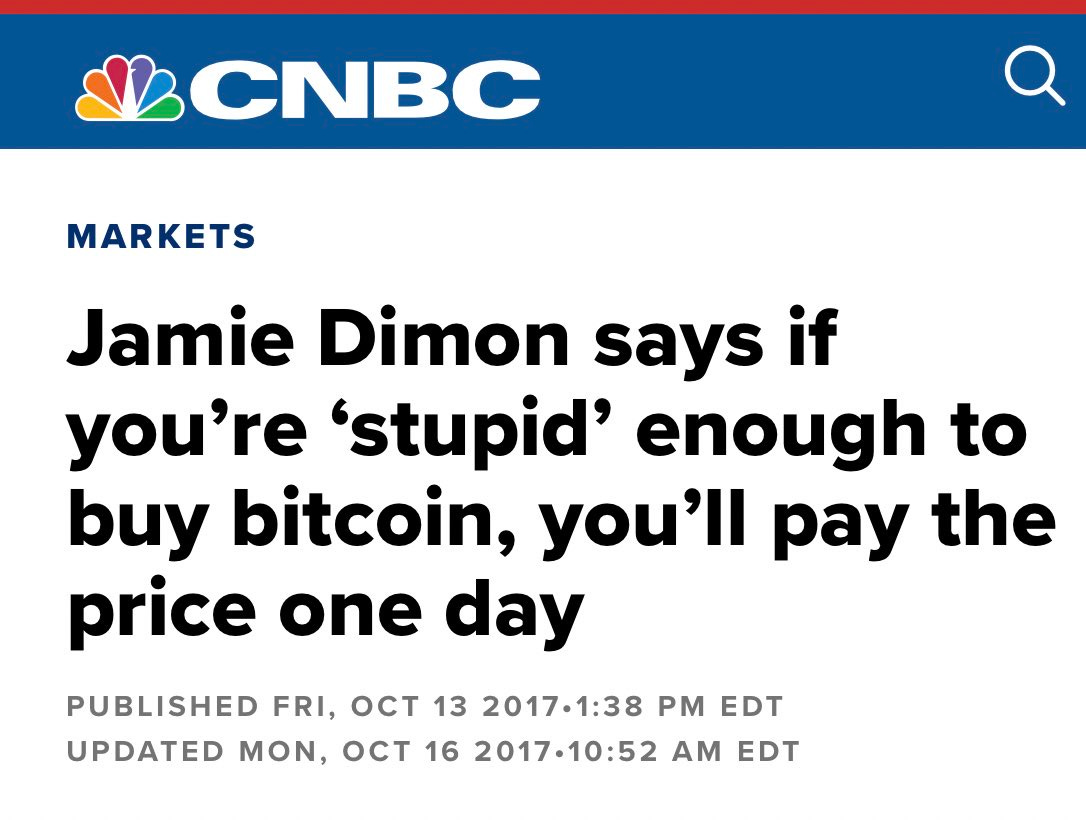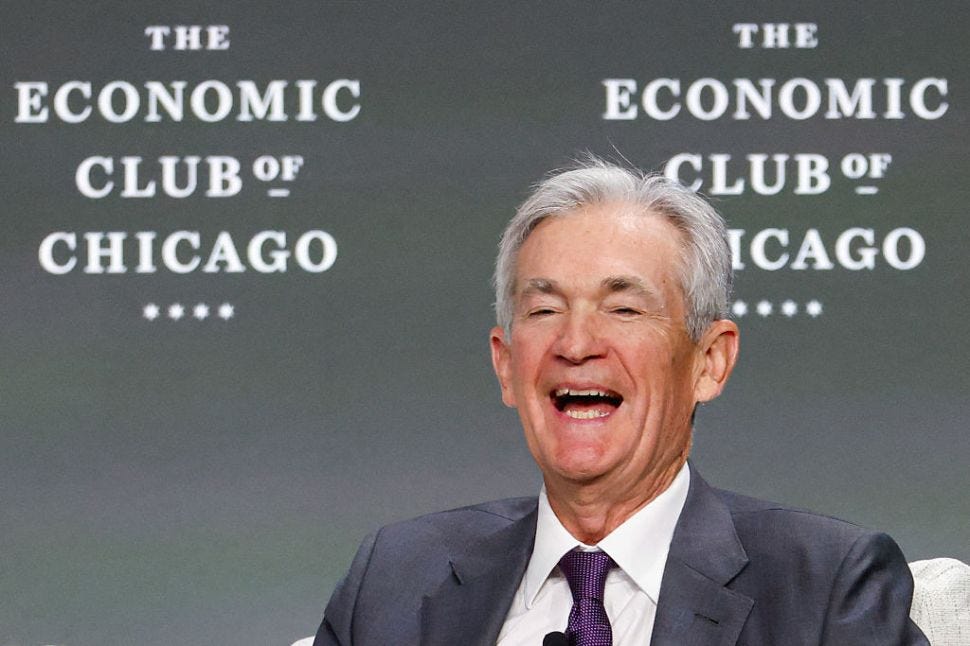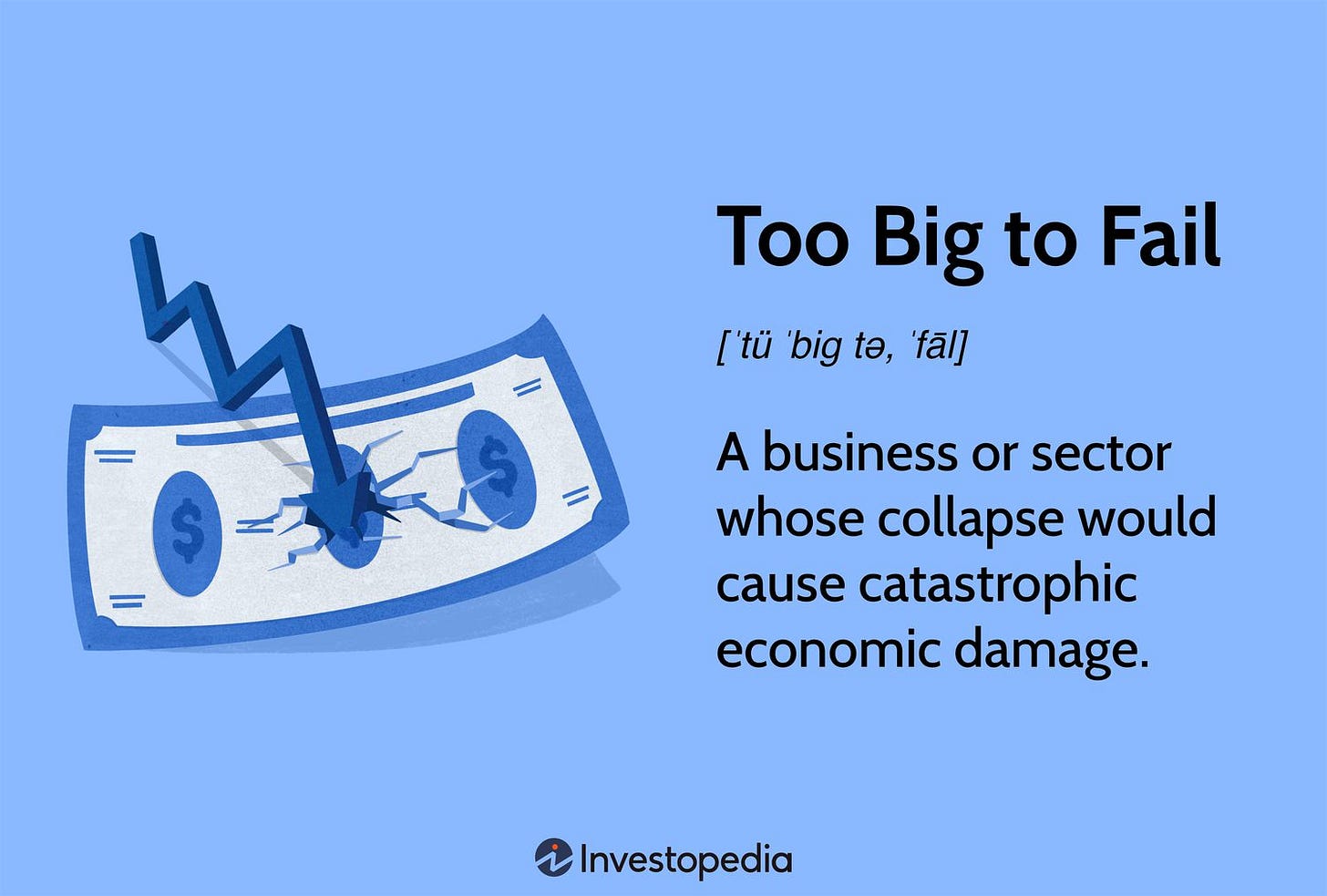Commerce is important. Despite everything the annoying person you met in college but never unfollowed, says, no modern society can function without the facilitation of trade. The system has evolved from bartering goods and services, to gold coins, to paper currency.
These innovations helped spur more financial activity by reducing barriers and enabling greater participation. Let’s face it, heading to work with just your phone or wallet is more convenient than trying to squeeze an apple cart on the city bus. When all it takes is a couple health influencers to turn people off an entire food group, you wouldn’t want to put all your eggs in one basket.
Since the United States abandoned the gold standard more than 50 years ago, the U.S. dollar has been backed not by gold but by the global community’s confidence in the U.S. government, its economy, and its role in world trade and finance.
Now I know what you are thinking. Not everybody has confidence in the very stable genius(es) running the US government or the astronomical debt burden that’s increasingly being financed by monetization (money printing). These are valid concerns. The intellectuals among you might point out this is happening in most other countries too.
This has prompted some to seek alternatives from government issued fiat currencies. They found this in cryptocurrencies. Bitcoin, Ethereum and other coins reached market caps in the trillions, without a clear use case or value proposition, other than speculation. This view has been espoused by many high profile figures including Warren Buffett, Jamie Dimon and Eugene Fama.
Yet in recent years, on‑chain economic activity has picked up. Now over $27 trillion worth of transactions are processed each year which is more than Visa or Mastercard. One of the main catalysts for this: Stablecoins.
If you don’t know what they are, you probably should since they will soon become a meaningful part of the financial system. This is why today’s article will explain what they are, what they enable and the ramifications on the global financial system.
Continue reading to learn why crypto is evolving beyond pure speculation
If you barely understand how fiat currencies works, you might want to check out my previous articles Nobody Understands Interest Rates and Why Does Literally Everyone Hate Banks.
But first, make sure to hit the Subscribe button below to be one of the 1,000 Subscribers to Serviceable Insights to get articles like these, delivered directly to your inbox.
If this week’s article does not interest you, please check out some other recent ones:
What Are Stablecoins?
Digital coins with values pegged to real-world assets.
If you’ve made it this far, you now know more about stablecoins than 90% of the population.
Pegging is a common practice. Fiat currencies historically were pegged to gold, or other currencies. This was the standard practice until most countries opted to allow their currencies to float and have their value be dictated by market forces. Bitcoin and Ethereum float, which is why their prices are so volatile. This volatility discourages people to transact in these currencies, since neither the sender nor the receiver can know what these coins will be worth within a few days.
If you saw the price of bananas fluctuate 30% during your trip to the grocery store, you would probably choose something else. The crypto community acknowledged this was a barrier to adoption, so they created stablecoins to give users the benefits of decentralized finance (DeFi) without the volatility of cryptocurrencies.
Basically think of stablecoins as digital IOUs. $100 USD worth of a stablecoin to be converted for $100 USD.
There are a few different types:
Fiat-collateralized: The simplest and most common. Companies like Circle (USDC) or Tether (USDT) hold traditional assets such as cash, Treasury bills, bank deposits to back the digital coins they issue. For every token in circulation, there should be a corresponding dollar (or near-dollar asset) in reserve. For an oversimplification, think of them as the fiat custodian bank enabling any stablecoin denominated on-chain activity.
Crypto-collateralized: Instead of dollars in a bank account, they use other cryptocurrencies locked up in smart contracts. The poster child is DAI, which uses Ethereum and other tokens as collateral. Since crypto is volatile, they often need to be over-collateralized. To mint $100 DAI, you might need to deposit $150 worth of ETH. You can think of it like borrowing against the value of your home or stock portfolio. Just with much more volatility.
Algorithmic: These coins try to maintain their peg using code, supply adjustments, and incentives instead of collateral. Some believe this could work in theory. In practice, this turned into one of crypto’s biggest disasters: Terra’s UST, lost $40 billion in value almost overnight when the math stopped working. The founder Do Kwon faces up to 25 years in jail after pleading guilty. So nobody is talking about Algorithmic stablecoins right now.
So now you know what stablecoins are.
What Do Stablecoins Enable?
So far, we’ve established that stablecoins are digital IOUs pegged to real-world assets. That’s neat, now what do they actually do? Why should anyone outside the crypto world care? In the great words of Daft Punk, they make money move faster, cheaper, and better across borders than traditional finance.
Since stablecoins allow near-instant transfers of value across the globe, 24/7. No bank holidays, wire cutoffs, or 3–5 business day delays. If you’ve ever been hit with a $45 wire fee or waited a week for an international transfer, you get it. Stablecoins reduce the cost and time to move money.
In countries with unstable currencies such as Argentina or Nigeria, stablecoins make a lot of sense. People want to protect their purchasing power from local inflation but can’t access USD or Euros. With stablecoins they can convert to USDC, or the currency of their choice. All they need is a smartphone and an internet connection.
Realistically, in the near term stablecoins won’t benefit the average Canadian or American consumer much. Americans can Venmo or Cash App each other USD, Canadians have Interac e-transfer. Both happen instantly at no cost. Now if they tried to send money to South America or Africa… not as easy. There is nearly a trillion dollars in remittances sent each year; more than $60B from the US to Mexico alone. A handful of legacy players such as Western Union or MoneyGram charge 5–10% fees to move that money. With stablecoins, they lose their oligopoly.
The $150 trillion worth of global cross-border payment flows, earns the financial services industry >$3 trillion in annual revenue. This gives stablecoins a pretty sizeable market to disrupt.
First & Second Order Effects
Bad For Banks & TradFi Players
Today, most money flows through a web of commercial, correspondent and central banks. Every international transfer touches multiple intermediaries who clip a fee along the way. Stablecoins cut these out so a foreign exporter can accept USDC directly from a U.S. buyer, without routing it through two commercial banks and a SWIFT message.
A couple of years ago, my company based in Canada, sent a payment to a contractor in France. The money left our account but her bank never received it. After considerable back and forth, we learnt the intermediary bank changed. This was a considerable waste of time and money (thank you Anthony).
Stablecoins have the potential to make experiences like this a thing of the past and further
Increased Dollar dominance
Contrary to popular belief, in the short term stablecoins should help the US dollar more than threaten it. Since stablecoins are overwhelmingly dollar-pegged, it gives access to people in countries such as Argentina or Nigeria, that can’t easily access USD. USDC effectively extends dollarization into places the Federal Reserve can’t reach, further strengthening the dollar’s role as the default global currency.On the other hand, it would reduce the monetary sovereignty of weaker states, which they won’t like. This will lead to…
The TradFi-cation of Crypto
Despite the friction and inefficiency associated with TradFi, they are heavily regulated and subject to strict compliance measures. While Crypto has matured considerably over the past decade, it’s still comparatively the wild west. The current administration has provided more regulatory clarity with the GENIUS act but crypto is still far less stable.Crypto is supposed to be decentralized but right now stablecoins are reliant on two players: Tether (65-70% Stablecoin market share) and Circle (20-25%). If one of them failed to honor their redemptions, the stablecoin and potentially crypto markets would be dead. If stablecoins are to become a major part of the global financial system, they will attract incredible levels of scrutiny due to their concentrated nature.
As much as businesses and consumers might be ready to abandon the crappy TradFi experience, regulators might not be as quick to accept this. The net effect is, stablecoins will need to accept higher levels of compliance requirements if they want widespread adoption. Their challenge will be how to navigate these requirements without having the same undesirable characteristics of banks.
Conclusion
Crypto has finally proven the tangible use case skeptics have long denied existed. With trillions of dollars moving on their networks, central bankers and regulators cannot ignore them anymore.
Circle ( CRCL 0.00%↑ ) IPO’d earlier this year and quickly reached a $30B+ market cap. Digital asset platform Bullish, is going publish today and keeping their proceeds in stablecoins and Stripe acquired Bridge for $1B. Even Western Union WU 0.00%↑ is weighing issuing their own stablecoin. There is plenty of momentum.
While they may not be applicable to your daily life today, don’t be surprised if in the near future you begin to see faster money movement, lower bank fees and easier access to foreign markets.
Thank you for reading. If you liked this article please Subscribe below. I publish articles on a wide range of topics from business, books, current events or anything on my mind.









Good overview. Thanks for writing !
Not quite sure I like the IOU analogy though. Did you come up with it or did you see it referenced somewhere?
I like to think that a stablercoin is simply a more efficient digital dollar. An IOU makes it feel unstable / uncertain
Thanks, Ben. Nice, informative article.
Lyn Alden, in her book Broken Money and elsewhere, has argued that Bitcoin specifically has a use case of avoiding local currency depreciation safe from government interference. This matters a lot in countries with unstable currencies -- Egypt, Nigeria, others. But Westerners from developed countries say things like those you quoted, reflecting to my eyes a narrowness of thinking and vision.